What is a Perpetual DEX? (2025 Guide to On-Chain Perpetual Futures)
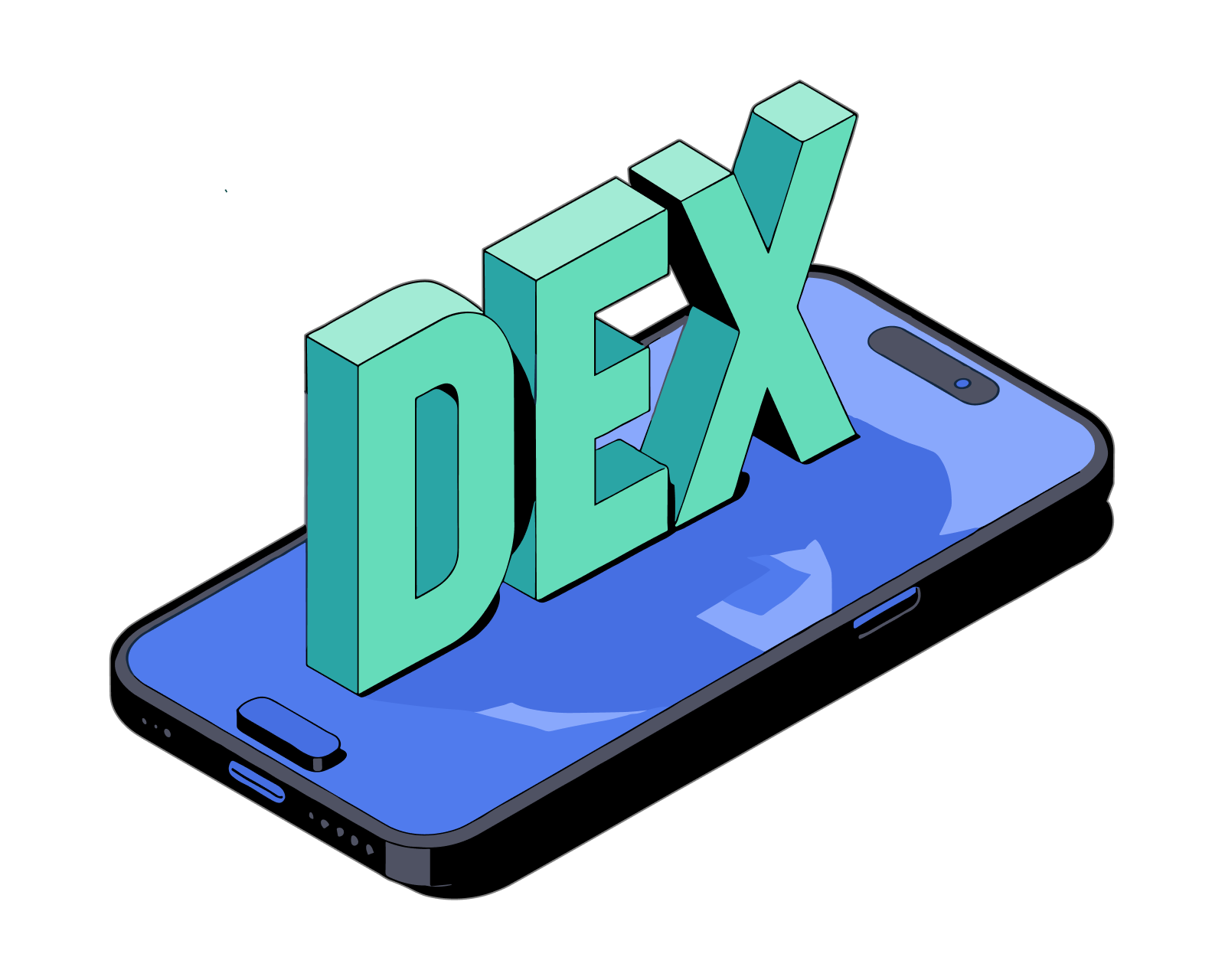
Table of Contents
A Perpetual DEX is a decentralized exchange that allows traders to buy and sell perpetual futures contracts - derivatives with no expiry date - directly from their own crypto wallets through smart contracts, without intermediaries or centralized custody.
Overview - The Rise of Perpetual DEXs
Perpetual decentralized exchanges, often called Perp DEXs, have emerged as one of the fastest-growing segments of decentralized finance (DeFi). In 2025, they account for an estimated $15–20 billion in combined daily trading volume, rivaling some centralized derivatives markets.
The first perpetual futures were introduced by BitMEX in 2016, a breakthrough that allowed traders to maintain leveraged positions indefinitely through a funding rate system. While perpetual contracts initially thrived in centralized environments like Binance Futures or Bybit, a new generation of on-chain platforms now offers the same functionality with transparency, composability, and user control.
Leading Perp DEXs include GMX, dYdX v4, Hyperliquid, Drift Protocol, MUX Protocol, Level Finance, Perennial, and a wave of rising competitors such as Aster, ApeX, Jupiter, EdgeX, Sunperp, Ethereal, Avantis, Reya, GTE, and Lighter. Together, these platforms are reshaping how derivatives are traded - merging the sophistication of futures markets with the openness of blockchain technology.
Read more:
- What is a Decentralized Exchange (DEX)?
- What is a Smart Contract?
- What is Decentralized Finance (DeFi)?
How Perpetual DEXs Work
Smart Contracts and Collateral Management
Perp DEXs rely on smart contracts to execute trades, manage collateral, enforce leverage limits, and trigger liquidations automatically. When a trader opens a position, the collateral (typically a stablecoin such as USDC or USDT) is locked in the contract. The position’s profit or loss adjusts in real time based on price movements.
Unlike centralized platforms, users do not deposit funds to a company account. Instead, assets remain within the user’s self-custodial wallet until they are used as margin. This design eliminates counterparty risk but introduces smart contract and oracle dependencies that require careful design and auditing.
Liquidity Models
Perpetual DEXs use one of three primary liquidity architectures:
-
Order-Book Model:
Platforms like dYdX v4, Hyperliquid, EdgeX, and Reya maintain on-chain or semi-on-chain order books, matching buyers and sellers directly. This approach delivers tighter spreads and a traditional exchange experience but demands high throughput and efficient blockchain infrastructure. -
Automated Market Maker (AMM) Model:
Platforms such as GMX, Level Finance, Sunperp, and Aster rely on liquidity pools instead of order books. Liquidity providers (LPs) deposit assets into pools that act as counterparties to traders, earning fees and funding rate income. AMMs provide deep liquidity and simpler participation but can expose LPs to inventory risk and impermanent loss. Learn more: What are Automated Market Makers (AMMs)? and What is Impermanent Loss? -
Hybrid Models:
DEXs like Drift, MUX, Ethereal, and Avantis combine features of both systems. They allow on-chain liquidity to complement off-chain matching engines or aggregated liquidity routing. This balance enhances scalability and reduces slippage during volatile markets.
See: How Perpetual Futures Work on Decentralized Exchanges
Perp DEX vs. Spot DEX - Key Differences
Ownership vs. Exposure
A Spot DEX facilitates direct asset ownership. When you buy Bitcoin on a spot exchange, you receive and hold actual BTC. In contrast, a Perp DEX offers synthetic exposure to the asset’s price movement without transferring ownership. You’re trading contracts that mirror the underlying asset’s value rather than the asset itself.
Leverage and Margin
Spot markets require full payment upfront. Perp DEXs allow leveraged trading, meaning traders can open positions larger than their deposited collateral. For example, with 10x leverage, a $1,000 margin controls a $10,000 position.
See: What is Leverage in Crypto Trading?
Funding Rate Equilibrium
Since perpetual contracts never expire, they use a funding rate - periodic payments between long and short traders - to align contract prices with the spot market.
| Feature | Spot DEX | Perp DEX |
|---|---|---|
| Asset Ownership | Yes | No (synthetic exposure) |
| Expiration Date | Immediate settlement | None |
| Leverage | None | Up to 100x |
| Risk | Market volatility | Market + liquidation |
| Price Reference | Real-time market | Oracle-driven mark price |
Read more:
Inside the Perpetual Contract Mechanism
Mark Price and Funding Payments
The mark price reflects the fair value of the contract, derived from multiple spot exchange prices. Funding payments occur at regular intervals (usually every 8 hours) to maintain price parity.
If the perpetual price trades above spot, long positions pay funding to shorts; if below, shorts pay longs. This continuous adjustment incentivizes the market toward equilibrium.
Example:
If BTC-PERP trades at $70,200 and the spot price averages $70,000, the funding rate may be +0.01%. A trader holding a $100,000 long position pays $10 in funding every interval.
Liquidations and Margin Requirements
Each position has a maintenance margin - the minimum collateral ratio required to keep it open. If the position’s loss drives margin below that threshold, the contract automatically closes (liquidation) to prevent further deficit.
See: Understanding Liquidation on Perp DEXs
Oracles and Price Feeds
Accurate pricing relies on decentralized oracles such as Chainlink, Pyth, and Chronicle. These services aggregate data from multiple sources to determine mark prices. Poor oracle design or delayed updates can lead to unfair liquidations or manipulation events.
Read more:
Why Traders Use Perp DEXs
Perp DEXs cater to both active traders and on-chain investors seeking transparency and flexibility. Their key advantages include:
- Self-Custody: Funds remain in the user’s wallet until deployed.
- Transparency: All trades, liquidations, and funding rates are publicly verifiable on-chain.
- Composability: Positions can be integrated into yield strategies, vaults, and DeFi protocols.
- Global Accessibility: No KYC or jurisdictional barriers; trading is permissionless and continuous.
- Market Efficiency: Liquidity aggregation and oracle improvements now enable low-slippage execution comparable to centralized venues.
According to data from DeFiLlama (Q3 2025), decentralized perpetual exchanges collectively maintain over $35 billion in open interest, with GMX, dYdX, and Hyperliquid leading in market share.
Read more:
Risks of Trading on Perpetual DEXs
While they eliminate custodial risks, Perp DEXs introduce others that traders must manage:
-
Leverage and Liquidation Risk:
Amplified exposure means even minor price movements can erase collateral. Maintaining conservative leverage ratios (2x–5x) reduces this danger. -
Smart Contract and Oracle Vulnerability:
Exploits or manipulations can drain liquidity or misprice assets. Always trade on audited and well-established platforms. -
Funding Rate Volatility:
In extreme markets, funding rates can surge beyond 0.3% per interval, eroding profitability for long-term positions. -
Liquidity Fragmentation:
With dozens of competing Perp DEXs across chains, liquidity remains uneven. Aggregators like MUX and Jupiter attempt to unify access, but depth varies per market. -
Governance and Regulatory Risks:
DAO-managed platforms may change parameters or tokens without clear oversight. Meanwhile, derivatives regulation remains in flux across jurisdictions.
See: Risks of Trading on Perpetual DEXs
Major Perpetual DEX Platforms (2025)
| Platform | Chain | Model | Key Strengths |
|---|---|---|---|
| GMX (v2) | Arbitrum, Avalanche | AMM | Deep GLP liquidity, strong oracle design |
| dYdX v4 | Cosmos Appchain | Order-book | Fully decentralized, high throughput |
| Hyperliquid | Custom Layer 1 | Order-book | Low latency, high-volume trading |
| Drift Protocol | Solana | Hybrid | Integrates AMM liquidity with on-chain matching |
| MUX Protocol | Multi-chain | Aggregator | Unified margin and multi-DEX routing |
| Level Finance | BNB Chain | AMM | Tiered liquidity tranches for risk segmentation |
| Perennial v2 | Ethereum, L2s | Hybrid | Composable market creation and shared liquidity |
| Aster | Arbitrum | AMM | Focused on altcoin perpetuals |
| ApeX Pro | Ethereum | Order-book | Layer 2 settlement with fast execution |
| Jupiter Perps | Solana | Aggregator | Cross-platform liquidity routing |
| EdgeX | Ethereum | Order-book | High transparency and zero-fee maker model |
| Sunperp | BNB Chain | AMM | High leverage with oracle risk controls |
| Ethereal | Ethereum | Hybrid | Advanced liquidation engine and modular design |
| Avantis | Arbitrum | Hybrid | Leverage vault integration |
| Reya | Custom Rollup | Order-book | Institutional-grade matching engine |
| GTE | Solana | AMM | Lightweight and gas-efficient model |
| Lighter | Arbitrum | Hybrid | Simplified UI for retail traders |
Each of these projects approaches decentralization, liquidity, and leverage differently. Collectively, they illustrate the diverse experimentation defining the 2025 perpetual DEX landscape.
How to Choose the Right Perp DEX
Selecting the right platform depends on your trading strategy, risk tolerance, and technical comfort. Consider these factors:
- Chain Ecosystem: Solana and Arbitrum-based DEXs offer lower fees; Cosmos or Ethereum-based ones emphasize decentralization.
- Liquidity and Volume: Higher liquidity reduces slippage. Check real-time open interest metrics.
- Supported Assets: Some DEXs specialize in BTC and ETH; others, like Aster and Avantis, focus on long-tail altcoins.
- Fee and Funding Structure: Understand maker/taker fees and average funding rate stability.
- Oracle Integrity: Prefer exchanges using multiple oracle feeds with time-weighted pricing.
In 2025, Hyperliquid, GMX v2, and dYdX v4 lead in on-chain derivatives liquidity, while Drift, ApeX, and Reya are gaining traction for institutional-grade design.
See: How to Choose the Right Perp DEX
The Future of Perpetual DEXs
The next evolution of Perp DEXs is moving toward intent-based trading, where users express desired outcomes (e.g., “long BTC 2x until $90,000”) and smart contracts execute optimally across chains. Cross-margin interoperability is becoming standard, allowing traders to use collateral from lending or yield protocols seamlessly.
Institutional participation is increasing as risk management and oracle systems mature. Meanwhile, Bitcoin-native perpetuals are emerging via layer-2 solutions like Rootstock and Stacks, expanding beyond Ethereum ecosystems.
The long-term vision is a fully composable derivatives layer integrated across DeFi, capable of supporting traditional assets, synthetic indexes, and real-world financial instruments.
Learn more:
FAQ
What’s the difference between a Perp DEX and a Perp CEX?
A Perp DEX operates via smart contracts on the blockchain, enabling users to retain custody of their assets. A Perp CEX manages orders and custody centrally, introducing counterparty and withdrawal risks.
Are Perp DEXs safe?
They remove custodial risk but are still subject to smart contract bugs, oracle failures, and extreme market conditions. Audits and decentralized governance improve reliability but cannot eliminate all risks.
Can I use leverage on a Perp DEX?
Yes. Most platforms offer between 2x and 100x leverage depending on the asset and volatility. However, higher leverage significantly increases liquidation risk.
Do Perp DEXs require KYC?
No. Most operate permissionlessly, requiring only a compatible wallet. However, users must comply with local laws when trading derivatives.
Which Perp DEX is best in 2025?
It depends on goals. GMX, dYdX v4, and Hyperliquid dominate in liquidity and user trust, while newer entrants like Drift, Reya, and Avantis are innovating in UX, aggregation, and composability.
Want to trade safely and efficiently?
Download the Bitcoin.com Wallet App to manage your crypto and trade directly from your phone - no custodians, no middlemen.
And if you’re looking for more advanced tools, check out our pro-trading experience at orangerock.xyz.
Related guides
Start from here →
What is Bitcoin?
Get a straightforward introduction to Bitcoin and why it matters.
Read this article →
What is Bitcoin?
Get a straightforward introduction to Bitcoin and why it matters.

What are Altcoins?
Altcoins are cryptocurrencies beyond Bitcoin. Learn about their diverse functionalities, use cases, risks, and potential.
Read this article →
What are Altcoins?
Altcoins are cryptocurrencies beyond Bitcoin. Learn about their diverse functionalities, use cases, risks, and potential.
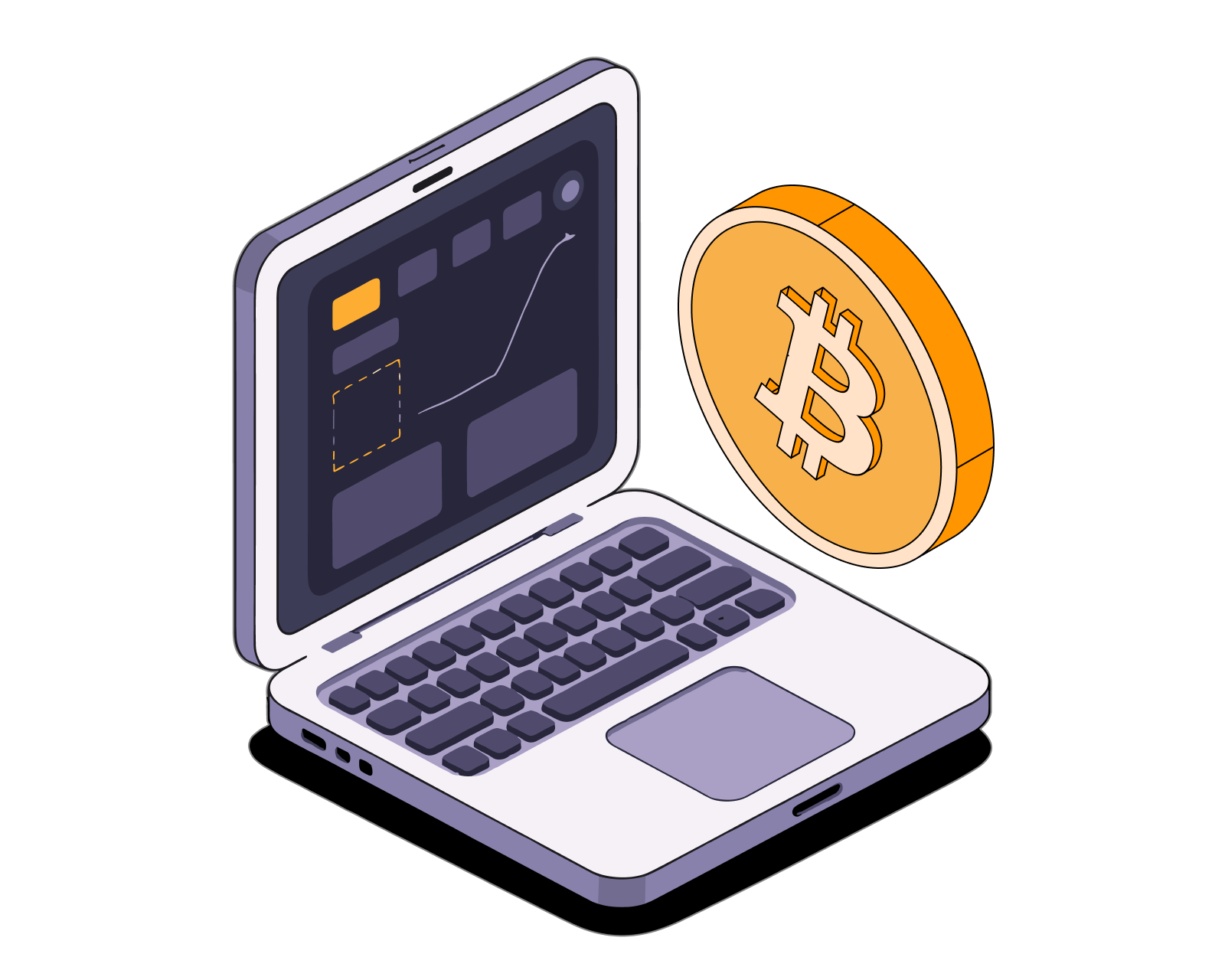
What is a CEX?
Learn about CEXs, the differences between them and DEXs, and whether they’re safe to use.
Read this article →
What is a CEX?
Learn about CEXs, the differences between them and DEXs, and whether they’re safe to use.

What is a DEX?
A decentralized exchange (DEX) is a type of exchange that specializes in peer-to-peer transactions of cryptocurrencies and digital assets. Unlike centralized exchanges (CEXs), DEXs do not require a trusted third party, or intermediary, to facilitate the exchange of cryptoassets.
Read this article →
What is a DEX?
A decentralized exchange (DEX) is a type of exchange that specializes in peer-to-peer transactions of cryptocurrencies and digital assets. Unlike centralized exchanges (CEXs), DEXs do not require a trusted third party, or intermediary, to facilitate the exchange of cryptoassets.

How does crypto exchange work?
How safe is it to store your crypto on centralized exchanges?
Read this article →
How does crypto exchange work?
How safe is it to store your crypto on centralized exchanges?

Reading Bitcoin Charts for Beginners
A beginner's guide to understanding Bitcoin charts, covering candlestick patterns, technical indicators, market analysis, and risk management.
Read this article →
Reading Bitcoin Charts for Beginners
A beginner's guide to understanding Bitcoin charts, covering candlestick patterns, technical indicators, market analysis, and risk management.
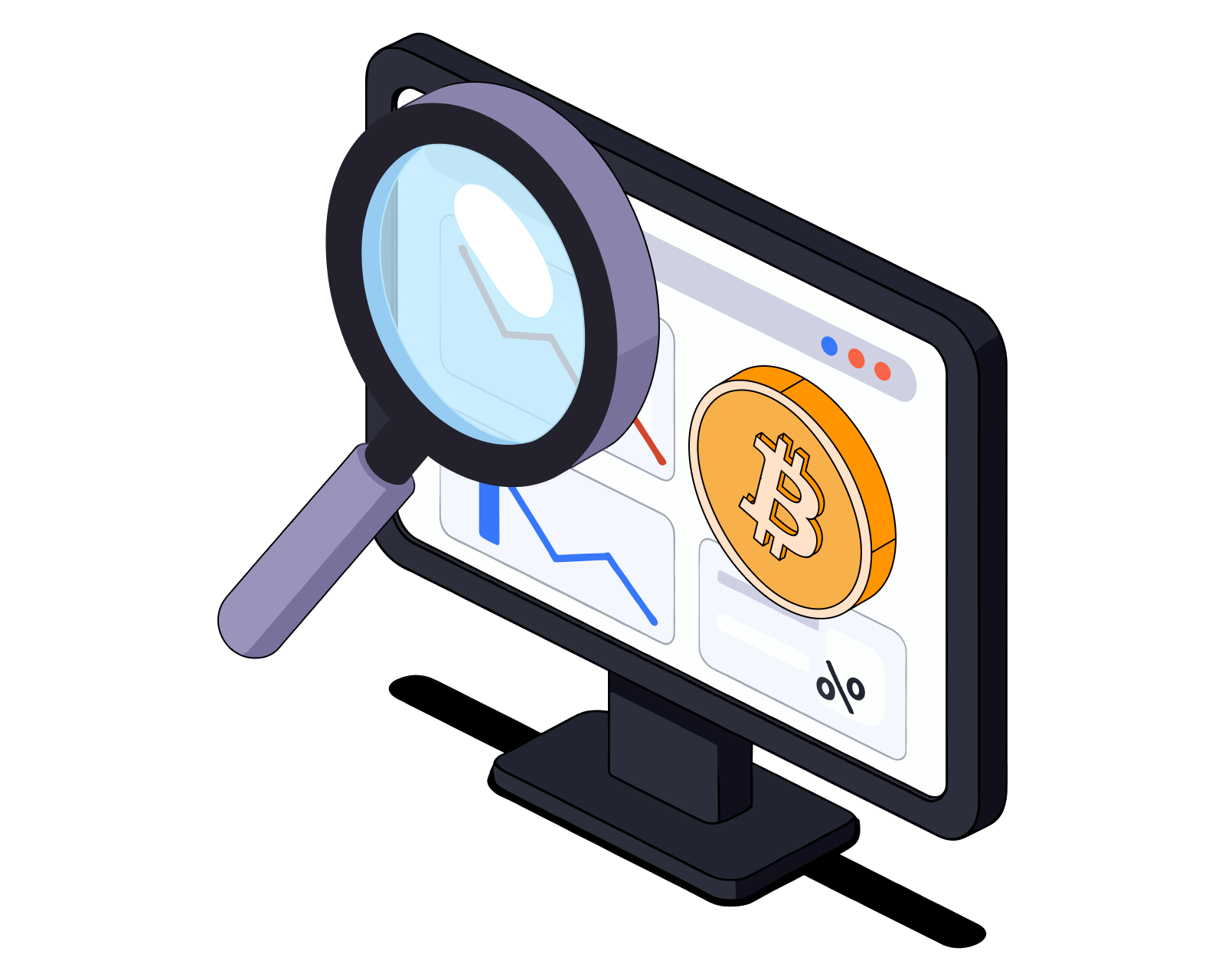
Bitcoin Trading for Beginners
A comprehensive guide to Bitcoin trading for beginners, covering wallets, exchanges, market analysis, and risk management strategies.
Read this article →
Bitcoin Trading for Beginners
A comprehensive guide to Bitcoin trading for beginners, covering wallets, exchanges, market analysis, and risk management strategies.
STAY AHEAD IN CRYPTO
Stay ahead in crypto with our weekly newsletter delivering the insights that matter most
Weekly crypto news, curated for you
Actionable insights and educational tips
Updates on products fueling economic freedom
No spam. Unsubscribe anytime.
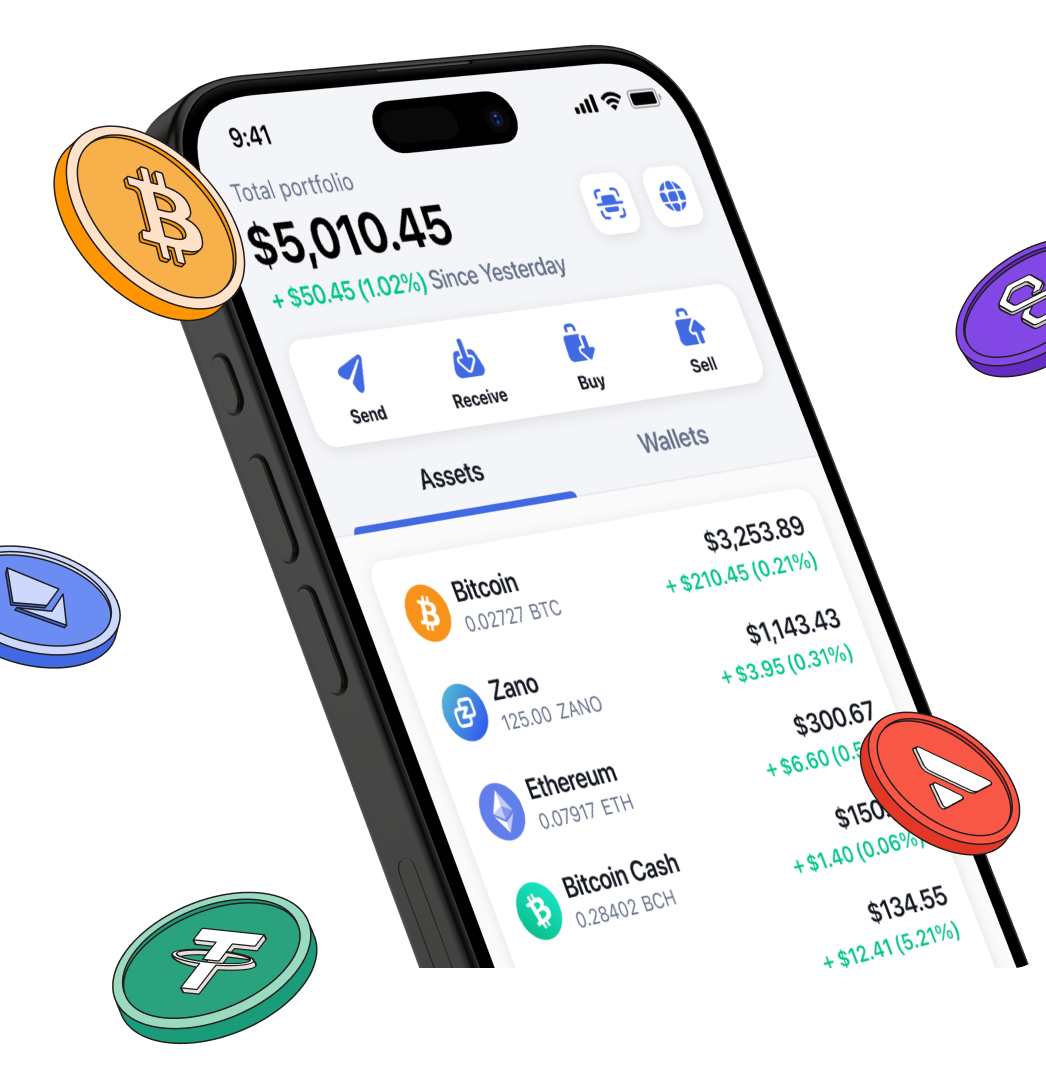
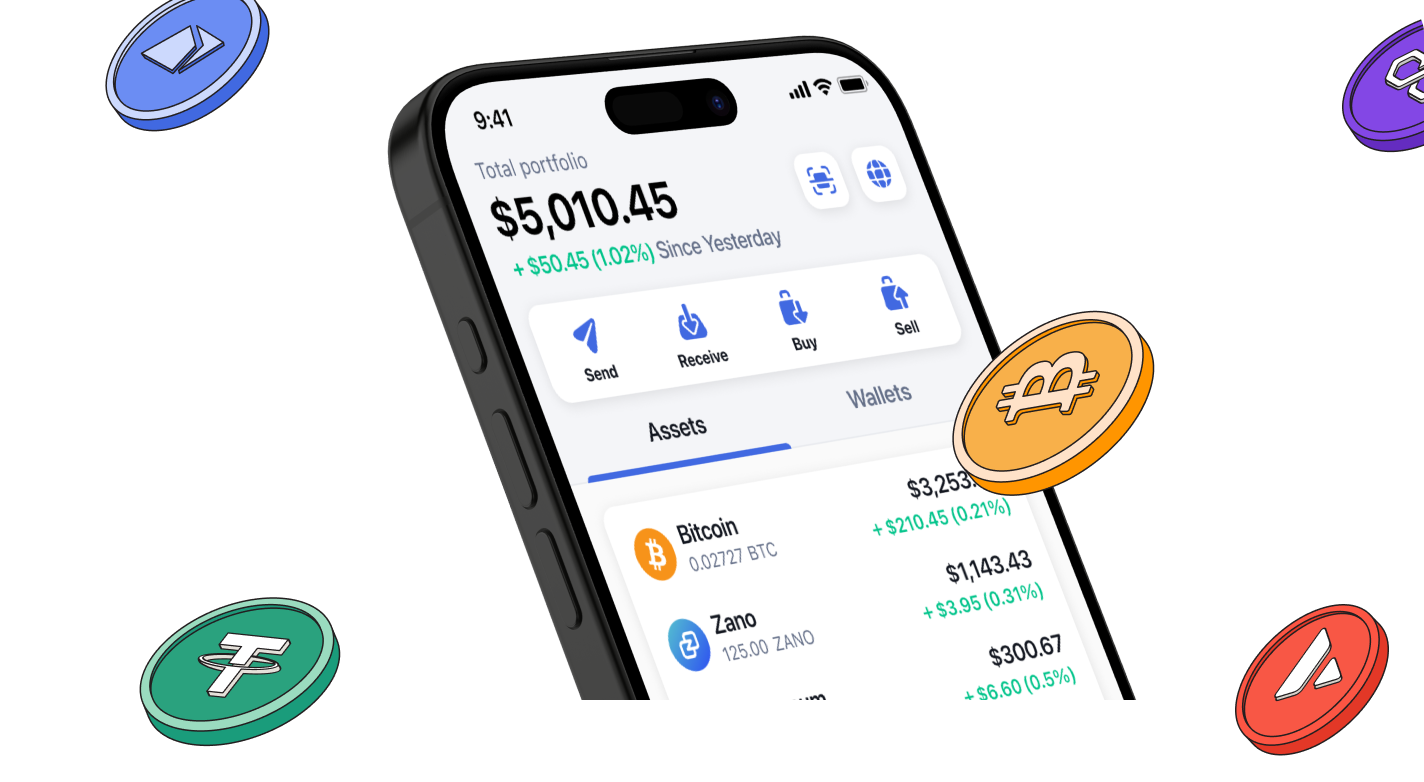
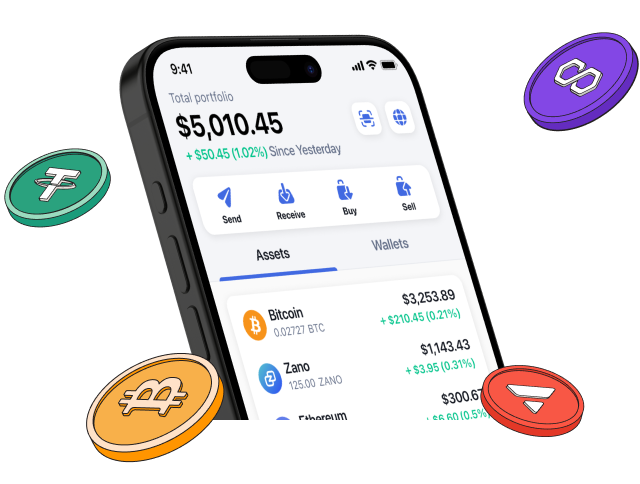
Start investing safely with the Bitcoin.com Wallet
Over wallets created so far
Everything you need to buy, sell, trade, and invest your Bitcoin and cryptocurrency securely

© 2025 Saint Bitts LLC Bitcoin.com. All rights reserved


